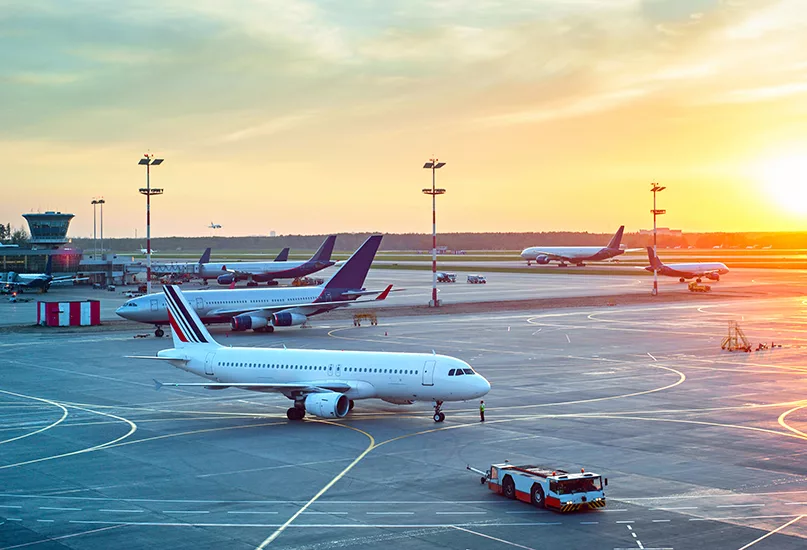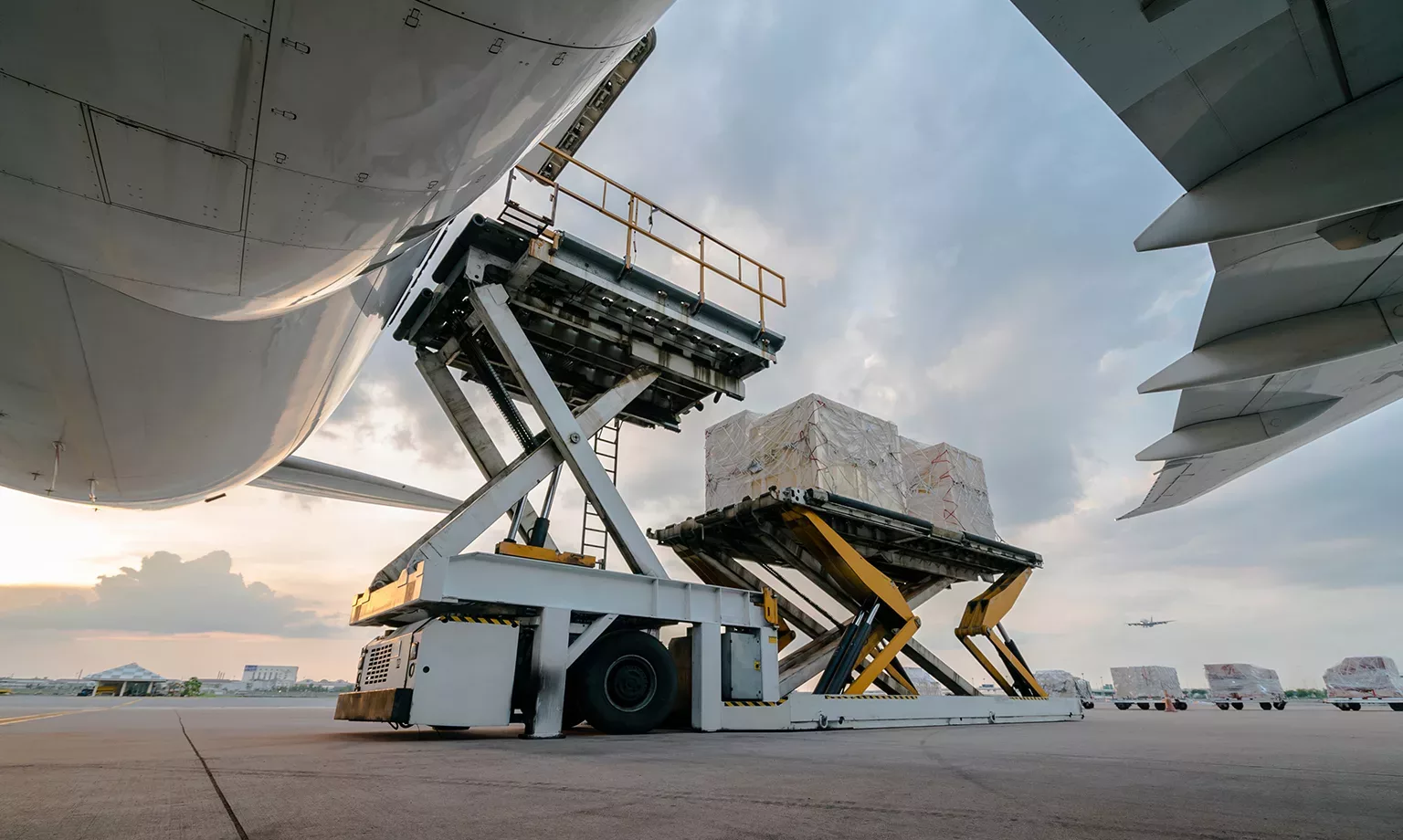
INCREASED FLEET
Portugal’s capital city, Lisbon, is LAM’s priority because of its cultural and historical links. Historically, Mozambique was a Portuguese colony, an overseas province, and later, a member state of Portugal. However, it gained independence from Portugal in 1975.
FLYING HIGH
LAM is presently in an extensive government support programme together with a partnership company that was chosen to carry out a revamp. Although LAM is mostly a state-owned organisation, which has required a lot of change, it operates under a self-contained and self-supported enterprise.
“We will experience challenges in the future, hence the revamp. But despite the development emerging as a difficult change, it is working out well for us. In the past few years, we have been working on incorporating a culture of safety in the business to overcome challenges,” Jorge informs us.
Significant steps are now being taken regarding fleet management, including MRO, networking, and people. LAM currently has seven aircraft, alongside two aircraft that operate from a subsidiary company almost fully integrated into LAM’s network. There are further plans to grow substantially in the next three to five years.
With training and development programmes already in place, LAM invested not only money but attention to ensure its employees are prepared. To deliver management up-skilling, the airline facilitated a mini-Master of Business Administration (MBA) for staff as soon as the restructuring started.

“We introduced seminars into the company as well as sending people out to the International Air Transport Association (IATA), along with other airline initiatives on the market. We tried to concentrate on more than just technical training: pilots, mechanics, and fight dispatchers. We believe that a varied training initiative is a strong pillar for persistent growth,” he states.
LAM were pleased to see the younger generation were also invested in what the company was doing. Dedication will dictate the airline’s future and the direction in which it wants to continue once everything has been established.
FROM TURBULENT TIMES TO A SMOOTH LANDING
Although the number of flights were reduced during the COVID-19 pandemic, LAM never ceased operations despite the global disruption. The need for the company to continue throughout this tumultuous time is because of Mozambique’s geography and transport infrastructure.
“Naturally, in the aftermath of the COVID-19 pandemic, the airline business picked up when everything began to reopen. Moreover, we are already back to our pre-pandemic numbers in terms of revenue, and it coincides with a major boom in the Mozambique economy.
“There is plenty of tourism and major oil and gas projects, alongside lots of business and non-governmental organisation (NGO) support throughout the country, which creates a fair amount of traffic for us. It’s a very small but growing market,” notes Jorge.
Regarding the future, LAM has key priorities and goals for the year ahead, such as continuing its restructuring with the partner company brought in by the government and announcing a new programme soon.
“These experts will introduce some stability to the operational and financial side of the company. We want to recover our balance sheet in terms of some historic debt that we have that will need to be restructured, and then we want to begin our growth plan, which means a lot of inter-domestic destination flights outside the hub of Maputo,” concludes Jorge. LAM’s aim is to serve more than one destination in regional countries, which the airline has already started with regions such as Lusaka in Zambia and Harare in Zimbabwe, alongside Cape Town in South Africa. The company looks forward to expanding its network by serving Nairobi in Kenya and beyond.
































